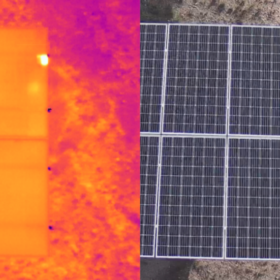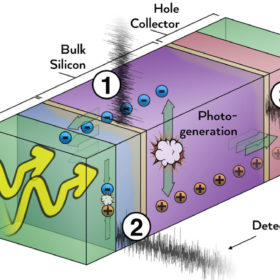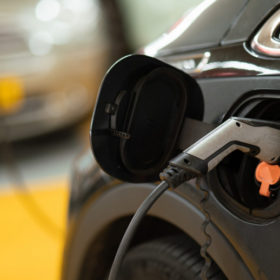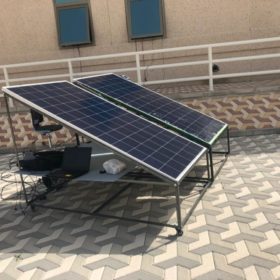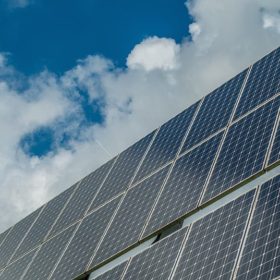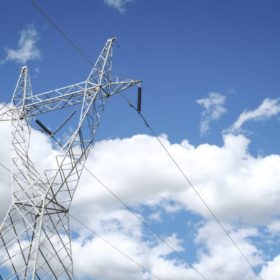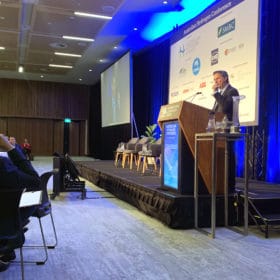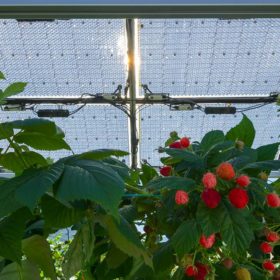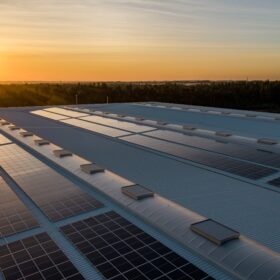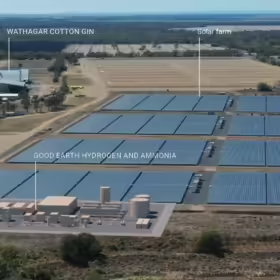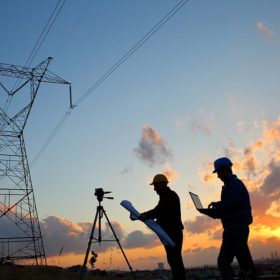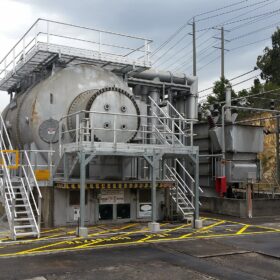SA Water deploys AI-powered drone technology to monitor its vast solar assets
SA Water, one of the largest water utilities in Australia and most ambitious when it comes to renewable energy, has partnered with aerial solar inspection and data analysis company, Above, to monitor the performance of its 360,000+ solar panels.
Bringing the noise for better solar cell efficiency
An international team of scientists developed a technique to isolate individual sources of electrical ‘noise’ within a solar cell. Comparing the technique to being able to pick out a single voice within a 200-person choir, they say the technique will help to improve understanding of where efficiency losses occur within a cell, and effective ways to mitigate them.
ANU opens new lab dedicated to testing distributed energy resources
The Australian National University today opened its Distributed Energy Resources Lab, dedicated to researching and testing technologies including batteries, solar panels and electric vehicles which it says will “underpin the energy grids of the future”.
Solar module cooling techniques for harsh climates
Saudi scientists have tested several cooling technologies for solar panels and have found that active techniques work better than passive ones under harsh climatic conditions. The most effective one consists of a system based on four heat pipes immersed in a box of liquid, as liquid bulk, integrated with the back of the solar panel.
‘Lack of objections should mean permits are automatically granted for solar’
The question of overly complicated, time-consuming permitting processes again raised its head at a two-day online event held by the Global Solar Council to examine how to accelerate deployment of photovoltaics.
CuString ready to ‘pull trigger’ on $1.5 billion transmission project
Proponents of CopperString 2.0, a proposed 1,100-kilometre high-voltage transmission line set to connect Queensland’s northwest to the National Electricity Market (NEM), have declared the project is expected to be “shovel ready” within three months.
CSIRO allocated $5 million for hydrogen research program
The federal government has awarded $5 million to the CSIRO to deliver a hydrogen research, development and demonstration program aimed at strengthening hydrogen knowledge both domestically and in cooperation with our international partners.
Transparent solar panels for agrivoltaics
Romande Energie and Swiss research institute Agroscope are testing startup Insolight’s transparent PV panels in an agrivoltaic project. The modules are replacing the plastic covers used to grow strawberries and raspberries.
Do engineers dream of solar panel efficiency?
A true next generation of solar cell technology is upon us. It is time to contemplate the benefits.
Solar beach umbrella cools you… and your gelato
An MIT-spawned company has teamed up with architects and an Italian frozen-desserts brand to design an origami-inspired umbrella to power fridges.
